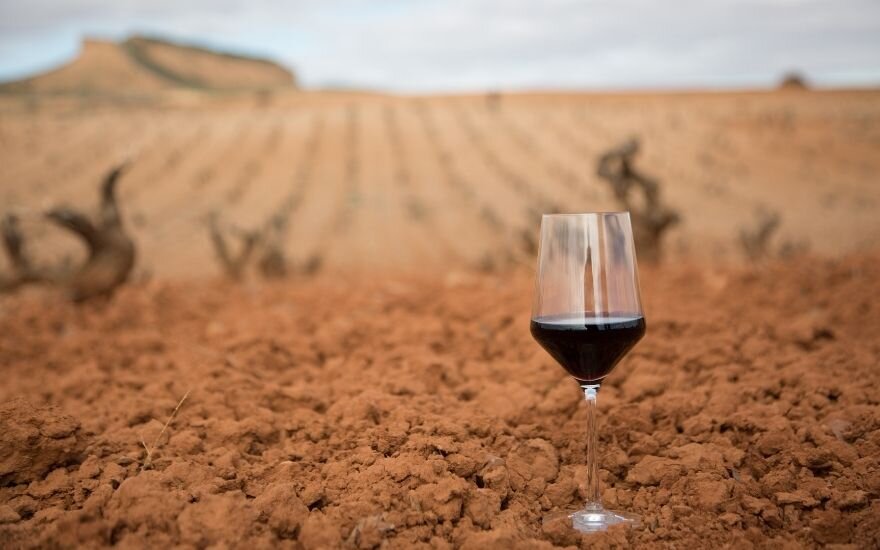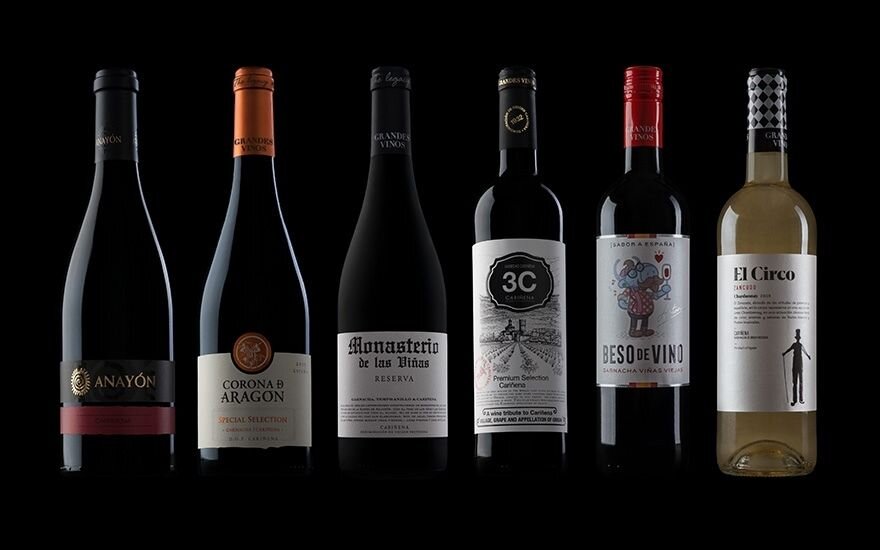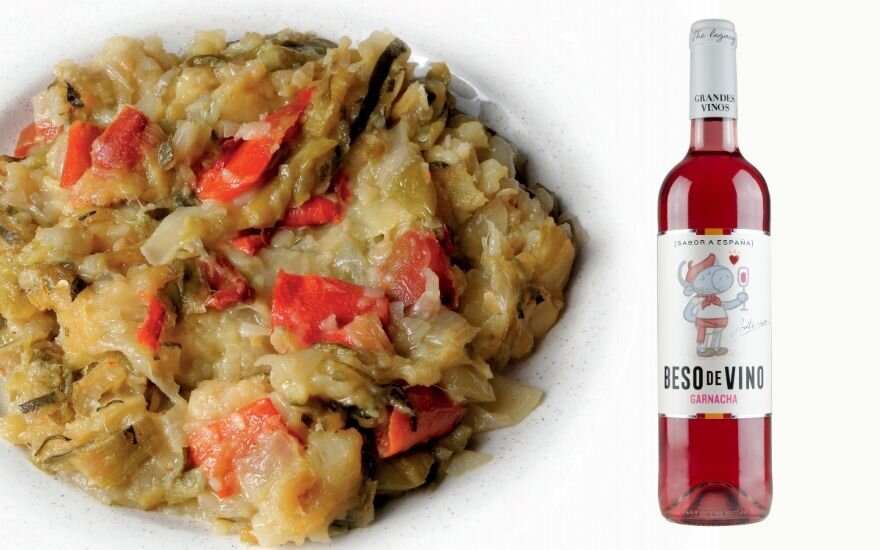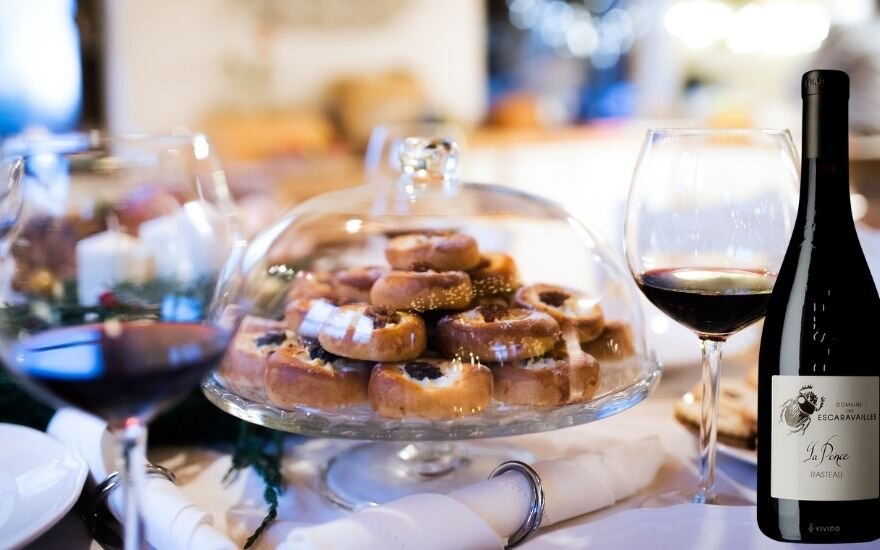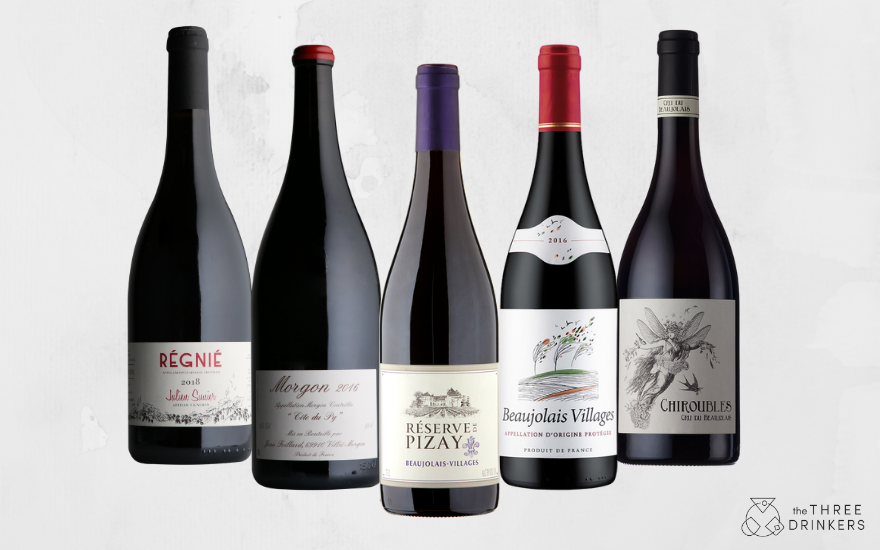A good question this, especially if there are only two of you in the room and you've opened a tonne of wine. Here are various ways you can taste several wines without wastage:
Get a gadget: Luckily, there are some brilliant gadgets on the market that use argon gas to keep your wine fresh for days, weeks or even years in some cases. I have a Coravin and it has been my saviour in lockdown as I taste many different wines without having to waste anything in the bottle. It uses a needle to go through real corks (and screw caps), pushing in inert argon gas, which pushes out the wine into your glass. Try their new Pivot which has just launched, if you know you will drink you vino within a month. There are also less expensive sprays that do a similar job, such as Winesave Pro though they don’t last quite as long and have the gadget to keep sneaky bits of oxygen out.
Buy half bottles: Happily, these are easier to find these days and many independent merchants sell a good range. I have recommended these guy before: Little Fine Wine Company, Philglass & Swiggot, Dulwich Vintners. Ping us for a mention if you have a good selection! Helena@thethreedrinkers.com
Be a wine fairy: Leave open bottles with their corks /screw caps on your neighbours doorsteps. Believe me, no one minds those sorts of leftovers, especially at Christmas!
How many glasses?
If you can, it’s always best to have a fresh glass for each wine. That way, you can go backwards and forwards between them, which is important as it’s the differences between each of the wines that helps you learn and understand things like acidity, tannin, aroma, oak etc. Have a water glass on hand too - and keep it full!
Where to buy the wines?
If you’re happy for full-size bottles, use the same supplier for all the wines, especially while still in part lockdown when delivery can be erratic. order them 5 - 7 days in advance to make sure they arrive on time. Independent merchants are great for this AND you can call them up and ask for their suggestions. Check out our lockdown list here for suppliers near you.
What order to taste wine in?
Ok, you have your glasses, you have your wines. Now what? If you’re taking yourself through the wines, you might be wondering what order to taste them in and what to look for. Order-wise, a rule of thumb is to start with whites, then pinks, then reds. If you have an idea which grape varieties make lighter or heavier wines, order them with the lightest first. If you’re tasting wines all of one colour and aren’t sure about grapes, then check out the alcohol content and go light to heavy. It’s not a perfect solution but it’s better than totally guessing!
What are you looking for and why?
Now it’s time for the fun bit: tasting. Getting to know wine is not just about what it tastes like. Make sure you also pay attention to the following things as they are all clues about grape variety and, often, regional quirks. Taste your wine like a detective and you’ll find that you’ll soon start to work out which styles of wines you prefer and which are best for certain occasions and food matches.
Colour: Ok, so a wine is red, but is it cherry red, brick red, or purple-red? Likewise, is a white wine pale lemon in colour, green-tinged or a rich yellow-gold? Make a note!
Concentration: Is it pale and watery or thick and opaque? Can you see straight through it or could you cut it with a knife?
Smell (‘aroma’): Stick your nose right in the glass. Does the aroma jump out and slap you in the face or is there barely anything there? In winespeak, the first scenario is a ‘pronounced’ aroma and the latter is referred to as ‘closed’.
Texture: Swill the wine all around your mouth, over your teeth and gums. You miss so much if you just glug it back! Pay attention to the way a wine feels in your mouth. Is it watery and tart (‘acidic’ in winespeak)? Does it have an oily texture? Does it feel heavy or light? Does it make you want to lick your teeth and gums (tannic)?
Flavour: Are you getting tart green fruit or ripe tropical fruit, for example? Crunchy red fruit like redcurrant, or dark purple fruit such as plum? Is the flavour pronounced or subtle? Are there lots of different complex flavours or is it one-dimensional like fruit cordial? Remember, tasting wine is subjective, so give it a taste descriptor that you’re not going to forget! Armpits, cat pee and weird herbal sausages will all be memorable to you!
Aftertaste (‘finish’ or ‘length’): Once you have swallowed the wine, breathe out. Can you still taste the flavour (a ‘long finish’) or does it disappear immediately (‘short finish’)? Is there an alcohol burn left in your throat? Does it leave a pleasant taste for example, or is it nasty and bitter?
Once you’ve tasted everything, perhaps go back and ask your friend /partner to taste them blind so see what you took in.
Can I get a professional to run the tasting?
Yes you can. Here is a huge list of companies offering private and corporate tastings via zoom.
Let us know how you go!
Like this? See our One Minute Wine Ace guides for more inspiration: Cabernet Sauvignon, Sauvignon Blanc, Pinot Noir, Chardonnay, Rasteau, Cotes du Rhone, Tempranillo,





